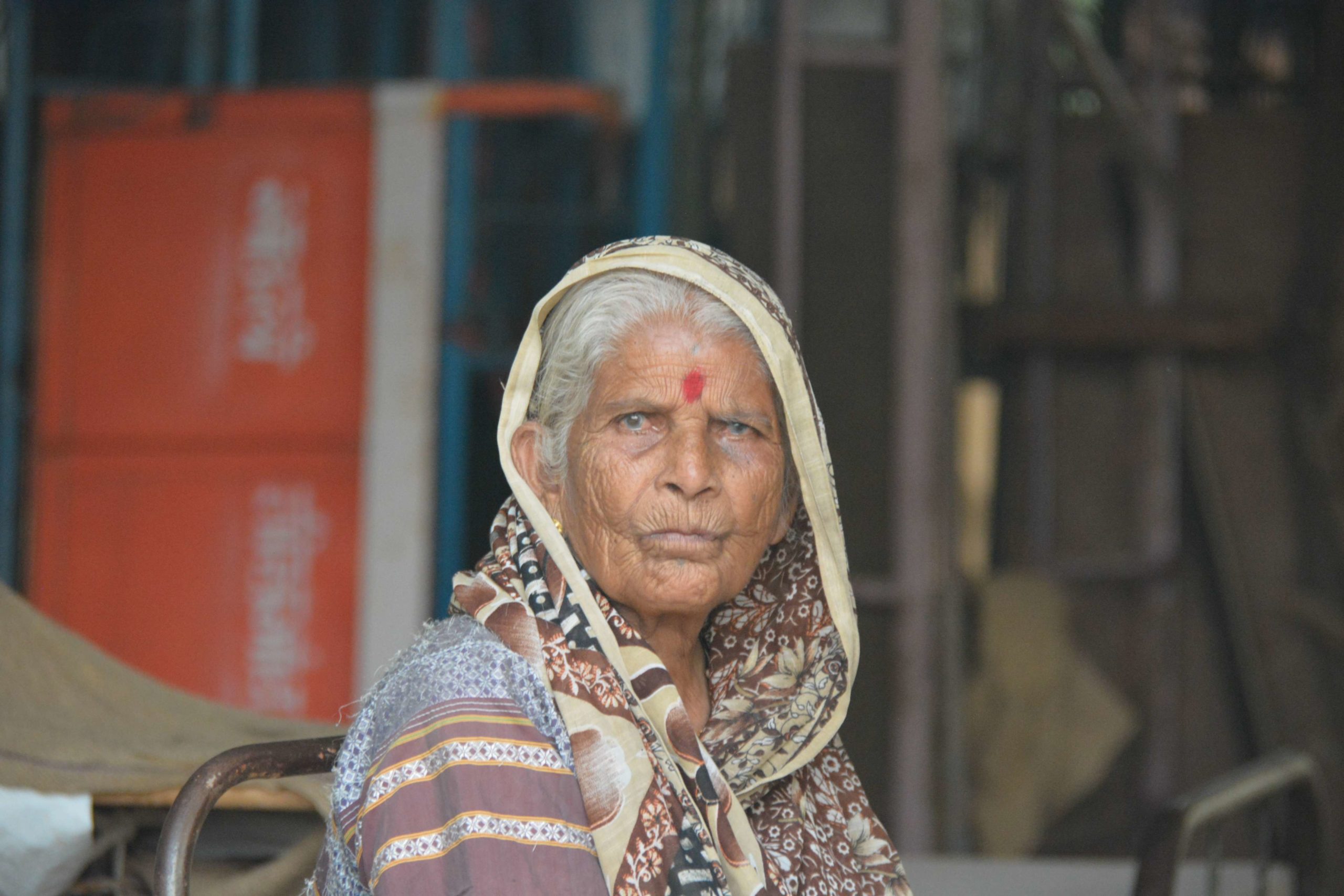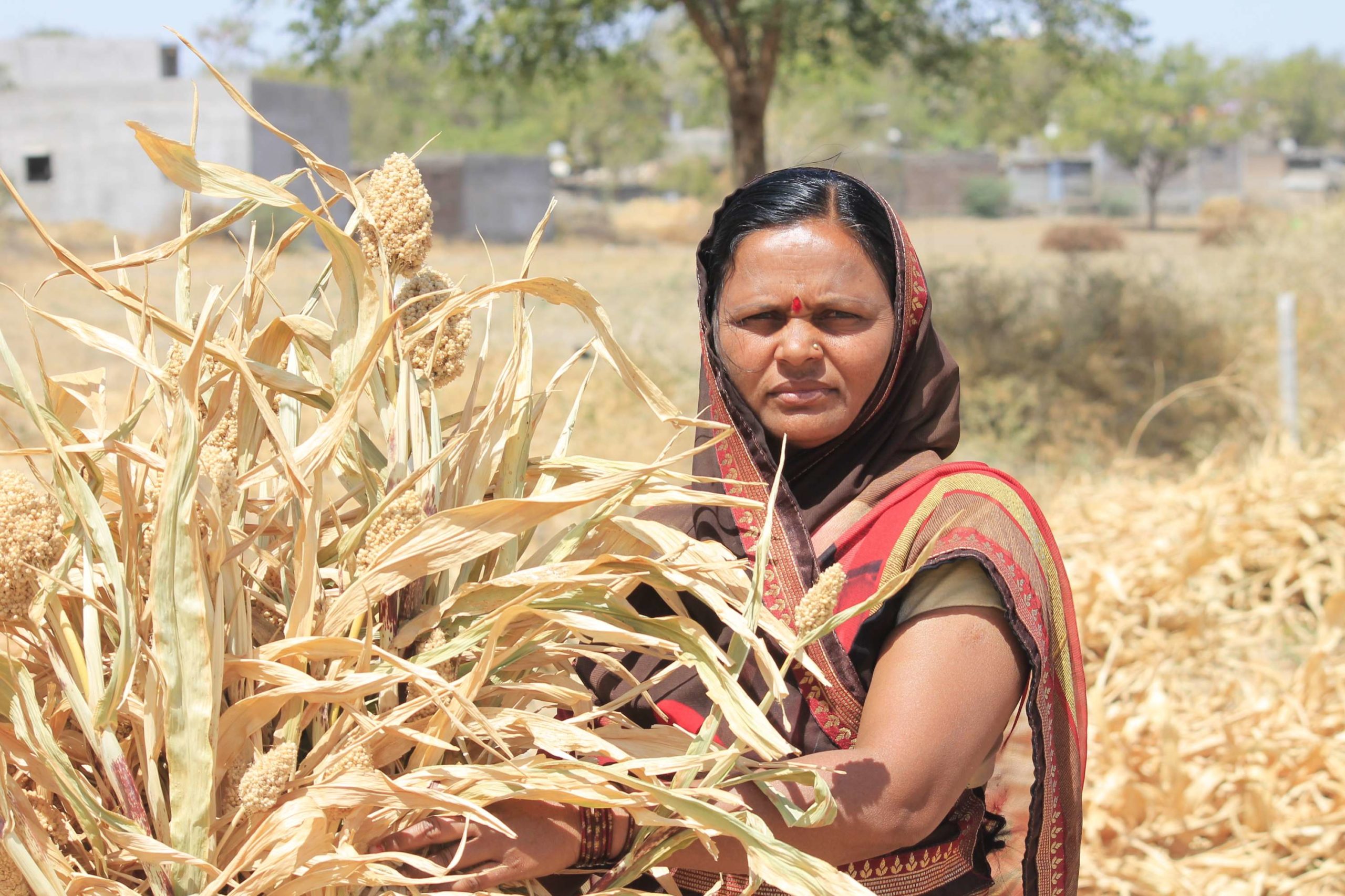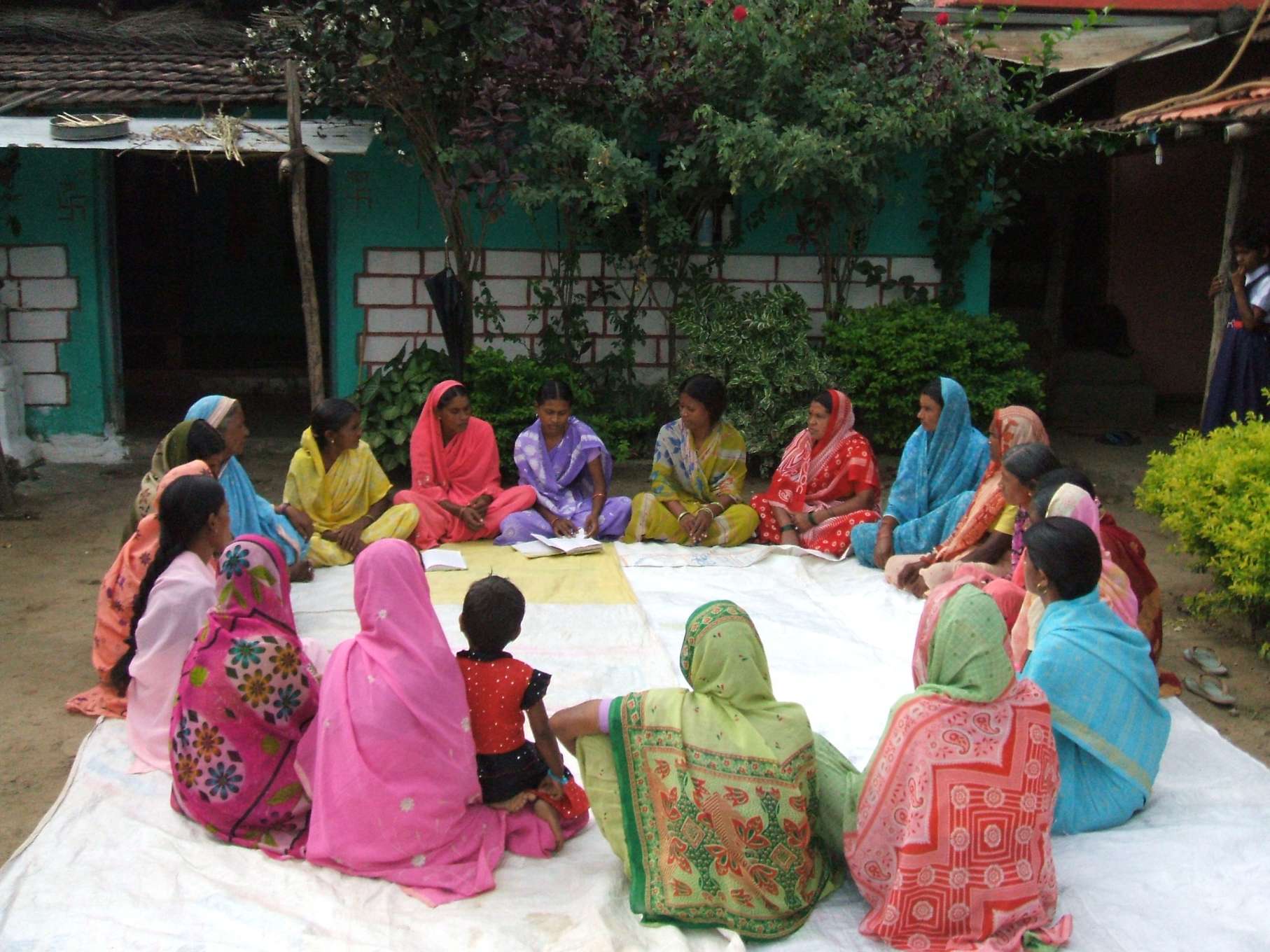World-over, women experience formidable and complex challenges due to rampant discrimination and gender biases. The discrimination is now assuming new forms.
While all women, in general, face socio-cultural challenges, these are more overarching and complex in rural areas. Disadvantaged by a lack of access than ability, rural women remain subjugated by want of equality and equity.
The gender indicators featured in National Family Health Survey-5 underscored how rural women face gender biases and fare more poorly than their urban counterparts on multiple aspects.
Gender stereotypes have shaped expectations and defined roles that have been stitched tightly into the seam of rural fabric. Given the centrality of gender equality to climate or development goals, ripping the biases out will be imperative. While there’s no quick fix to this, addressing the following overarching biases could be a start:
The first bias: “It’s a woman’s work.”

The disproportionate division of labour in domestic duties has penetrated our social structures, so much so that it is now the convention. Moreover, interactional studies on gender inequality in housework suggest that being responsible for domestic duties has become entrenched in females’ very identity.
Additionally, traditional cultural beliefs form the foundation for understanding and assigning housework. Therefore, while universal support for women to pursue careers has increased, the movement to enhance men’s contribution to housework has improved only marginally since the 1960s.
This cultural context is particularly acute in rural contexts, which are less accepting of changing gender roles and aspirations. Shifting behaviour and interests favouring women are usually contested due to homogeneity in mindset.
Besides impeding the erosion of gender differences, this fosters gendered thinking in domestic labour, even in the younger generation, who would typically be expected to be more perceptive and harbour an egalitarian stance towards such issues. Given the rather persistent and ill-defined gender ideologies in rural contexts, changing the paradigm, where men enjoy more rights often at the expense of women, becomes difficult.
The excessive amount of work affects in multiple ways. For one, it restrains educational access while hurting women’s health. For example, a 2019 academic study based in Maharashtra revealed the dire situation of malnutrition and micronutrient deficiency among rural women. 50% of the women surveyed in the study were chronically energy-deficient, whereas over 75% of non-pregnant and non-lactating women were anaemic.
Apart from this, immense domestic responsibilities leave no room for women to engage in financially productive activities. In essence, the fault lines of gender segregation in housework run deep.
Fixing these hidden fractures in mindset will need consistent, careful efforts to create a climate that ensures fairness in the distribution of housework and nurtures, educates, and empowers women.
The second bias: “Women’s work is no work.”

Often confined to being an unpaid family or wage worker, rural women and their role in the national economy have been substantially underestimated and devalued. As a result, despite fulfilling immense responsibilities that effectively translate into socio-economic well-being, India’s female labour force participation rates are one of the lowest in the world.
National accounting systems rationalise excluding care activities as “work” because they are difficult to measure and less relevant to socio-economic policy formulation. Quite ironically, however, neglecting unpaid care work only hampers policy effectiveness and perpetuates the ideology of insignificance associated with domestic work done by women.
As a result, the economic status of women in rural India remains dismal.
While the clamour of utensils may have stifled the sound of domestic work, the hard work and dedication of ASHA and Anganwadi women are quite evident. Yet, notwithstanding their frontline work, these women are classified as “honorary workers” and paid an honorarium lower than government-mandated minimum wages. Moreover, even in “economically-relevant sectors”, women’s participation is perceived inadequately. For instance, time-use data from the National Statistical Office show that the definition of “worker” encompassed women primarily in the harvest season, even though, on average, women spend as much time as men in agricultural activities[9].
This time spent is in addition to domestic duties. A combination of such gender prejudices trickles into lower self-esteem and basic dignity and reflects a decline in women’s health and nutrition.
In essence, a gendered belief system that stereotypes women as care service providers and considers their physical and emotional labour beyond the premise of markets continues to fuel sexism. Such discriminatory practices influence social structures and come attached with an economic cost. For context, unpaid care work undertaken by Indian women and girls is equivalent to an annual contribution of at least US $19 trillion to the Indian economy.
Hence, policies need redesigning to account for the billion hours rural women invest in unpaid work and be just to these economic engines.
The 3rd bias: “Financial literacy is inconsequential for women.”

Socio-cultural norms have seemingly established standards to govern women’s behaviour, role, and status in society. These standards are mirrored in the deliberate exclusion of women from financial matters and the persistent gap in financial literacy among women.
While government schemes have been instrumental in enhancing financial access, women remain modest participants in formal finance. For example, women hold over 50% of the bank accounts created under the Pradhan Mantri Jan Dhan Yojana Scheme, but active account usage remains at an 11%-point lag.
In short, efforts aimed at enhancing complete access but short of ensuring financial literacy may be impotent at the granular level.
Bridging this gap is necessary because financial literacy empowers and serves as a critical indicator of development and well-being. Moreover, in most social groups, power relations that men enjoy emanates from their dominance in financial decision-making. Organising financial literacy in rural areas would help transfer and transform such dynamics favouring women and include them in decisions they should rightly be a part of.
Flip the script
In all, the need to flip the script is undeniable. De facto gender equality is only achievable if we extinguish pervasive and biased attitudinal and structural constructs that legitimise gender discrimination. Only then will we enable cohering an egalitarian and gender-equitable society. This will then provide an impetus to achieve the global goals.
Also Read: 4 incredible stories of women who are breaking gender biases in rural Maharashtra
Also Watch: How Shahista is breaking Gender biases in her village





